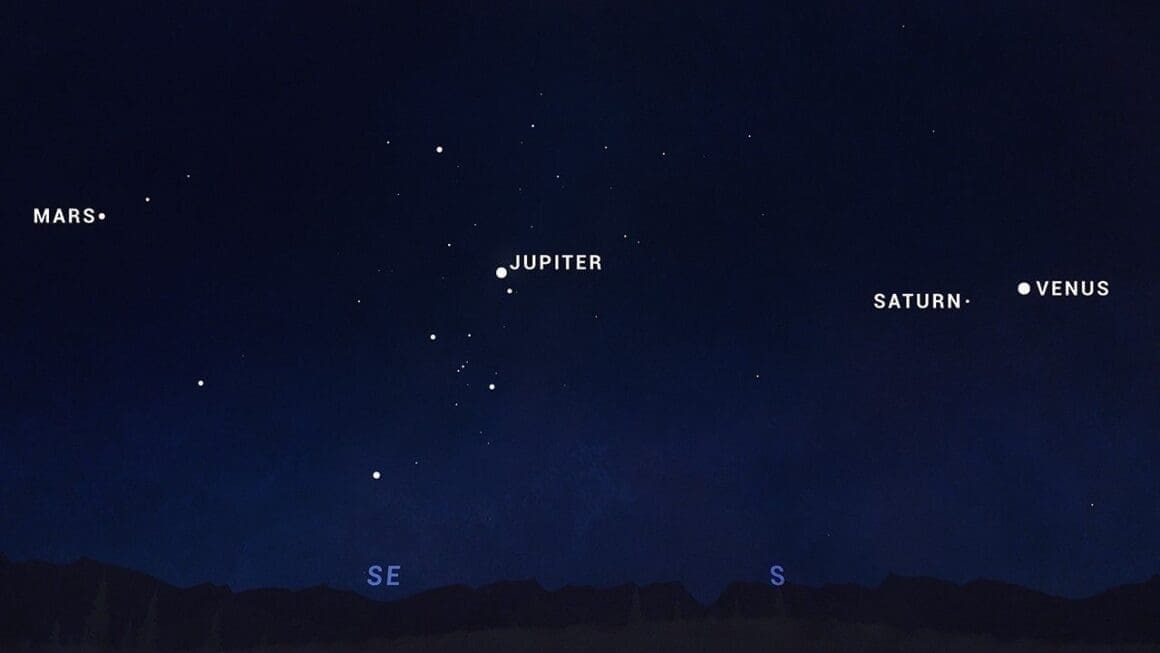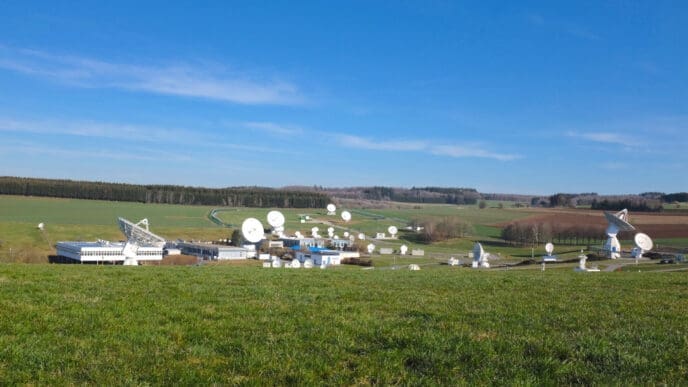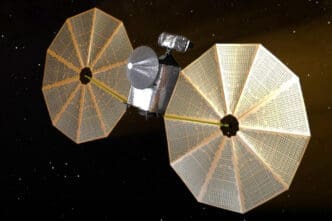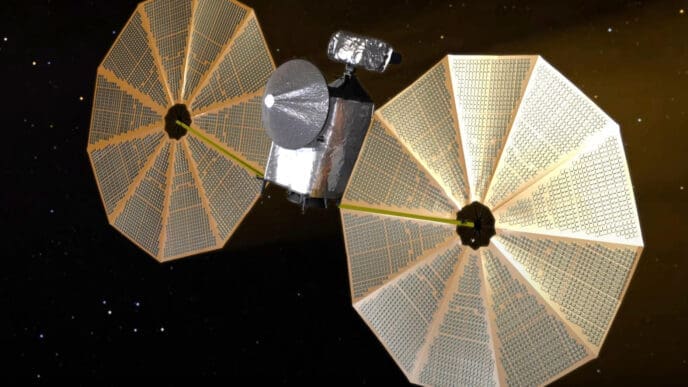The night sky often dazzles us with its cosmic wonders, where, weather permitting, at least one bright planet can be seen on most nights. Occasionally, even more planets appear in a grand display, capturing the curiosity of many stargazers.
These celestial events, known as “planetary alignments” or “planet parades,” not only light up our skies but also our imagination. Though they aren’t unheard of, they’re special spectacles worth observing, as they remind us of our place in the vast cosmos.
Why Planets Align in the Sky
“Planet parade” isn’t an official term in astronomy, but “planetary alignment” can describe a few celestial phenomena. As planets orbit the Sun, they sometimes line up in space during events like oppositions and conjunctions. This alignment may appear to us as lineups in the sky with other celestial objects.
Planets always appear along a line due to their orbital path. This line, called the ecliptic, represents the plane of Earth’s orbit. From our vantage point within this plane, it appears as a line on the sky. This makes these alignments intriguing as they provide a chance to observe multiple planets with the naked eye.
Visibility of Planets During a Parade
Before setting out to witness a planet parade, it’s important to consider the position of the planets above the horizon. For visibility, planets need to be at least a few degrees above the horizon, ideally 10 degrees or more.
Earth’s atmosphere can obscure celestial objects near the ground. Bright planets become faint when low on the horizon, as their light scatters. Also, buildings and trees can block views, making it harder to see planets in the glow of sunrise or sunset. Hence, planets appearing low are often difficult to observe.
Visible and Invisible Planets
Five planets shine visibly without any optics: Mercury, Venus, Mars, Jupiter, and Saturn. Ancient peoples recognized these as wandering stars, unlike the fixed background stars.
Uranus and Neptune are tougher to see, orbiting in the solar system’s dark, distant regions. Neptune needs a telescope, while Uranus, though detectable, is not best observed during twilight. Such factors influence visibility during multi-planet lineups.
Understanding Multi-Planet Lineups
Lineups of four or five visible planets occur every few years. Mars, Jupiter, and Saturn are nighttime regulars, but Mercury and Venus add a unique flair. Their orbits are closer and faster, with visibility often linked to their greatest elongation from the Sun.
Planet parades aren’t limited to a day; they span weeks or months with multiple viewing opportunities. These events allow a chance to gaze upon a tapestry of worlds, appreciating our solar system’s grandeur from Earth’s perspective.
Other Notable Lineups
Recent or upcoming multi-planet viewing events include: January 2016 with four visible planets, late April to late August 2022 with four planets, mid-June to early July 2022 with five planets, and January to mid-February 2025 with four planets visible post-sunset.
Events in late August 2025 and late October 2028 feature four and five planets, respectively, visible at dawn. For February 2034, a notable event features five planets post-sunset, though Mercury and Venus’ visibility may pose a challenge.
Upcoming January/February 2025 Parade
As the current four-planet lineup concludes by mid-February 2025, Saturn lowers in the sky after sunset, becoming less visible. By month’s end, Saturn and briefly Mercury come into play, yet remain tricky to spot due to their faintness.
Even though Saturn and Mercury won’t be easy to see for everyone, this particular parade still offers delightful sightings and remains a rare celestial treasure worth looking up for.
Planetary parades offer a unique glimpse into our solar neighborhood. While not rare, they’re captivating events that pique human curiosity, urging us to explore the cosmic dance above. Such moments remind us of the intricate choreography of celestial bodies, all circling our shared star—the Sun.












